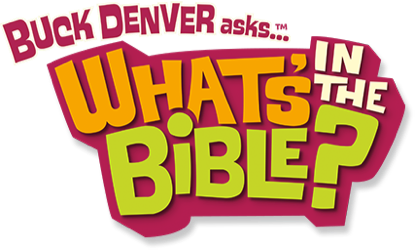Enjoy reading this fantastic post from Amy Dolan’s blog, Lemon Lime Kids. Amy serves as the strategic consultant for the What’s in the Bible? Curriculum. In this post, she explains why teaching the Bible contextually is so important for kids.
where are we? {teaching with context}
we’re smack dab in the middle of writing what’s in the bible? curriculum volume 8 which includes the books of job, psalms, proverbs, and song of solomon. i probably say this every time, but especially this time (!), writing and thinking about these lessons has challenged my everyday thinking of the bible. the more i reflect on the words of the bible, the more i want to give my life fully and freely to following jesus.
in setting up the content for this particular volume, phil does an amazing job helping kids understand where they are in the bible. early on in the videos he explains to kids that upon leaving the historical books they are about to enter the poetry and wisdom books. he encourages children to not forget where they are while reading these books: poetry teaches through word pictures, wisdom does not always include historical accounts, and proverbs offers principles not promises. offering kids context and classification of the books matter. oh the places you will go when you remember where you are!
when we teach the bible to children without context, we tell children an incomplete story. context can mean a lot of things: understanding the author’s background, the audience’s demographic, the culture and location of the story, and the historical time period. all of these are important and should be integrated into our regular biblical teaching to children. but for today, i’m specifically referring to offering children a context for the type or classification of the book from which the bible lesson comes from.
for example: when sharing biblical poetry from the book of psalms, we should mention to children that poetry is not usually taken literally. if my husband writes me a love poem and says that i make his heart melt, hopefully i don’t actually make his heart melt. biblical poetry provides visual cues and imaginative thinking for us. that’s a whole-heck-of-a-different-thing than teaching a story from genesis-a historical book- in which we view stories as historical accounts. understanding where are during a bible story matters.
this sunday, as you share a bible lesson with children, consider asking “where are we?” when you first begin the lesson, encourage children to open to the table of contents to determine what type of book the lesson comes from (helpful chart). during the story, say how are you thinking or imagining these words of poetry? by asking children “where are we?” we’ll give a full and grand picture of the bible. three cheers for context!










